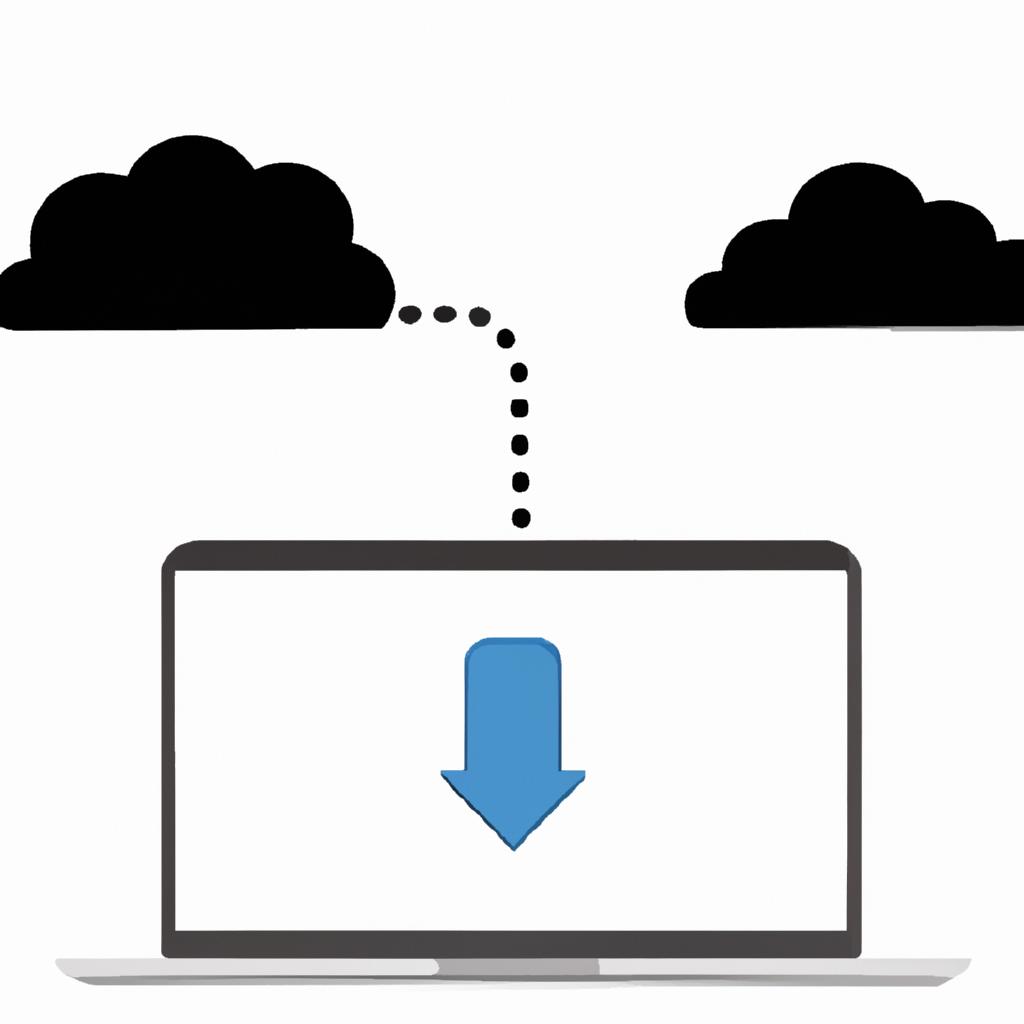Pre-Migration Planning

Moving from a traditional data center to the cloud is a complex process that requires careful planning and execution. Before migrating your data center to the cloud, you need to have a solid pre-migration plan in place. Here are the key steps you need to take:
Analyzing current data center infrastructure
Before you start the migration process, it’s essential to conduct a thorough analysis of your current data center infrastructure. This analysis should include an inventory of all hardware and software assets, network topology, and application dependencies. By doing this, you’ll be able to identify any issues that may arise during the migration process and develop a plan to mitigate them.
Identifying goals and objectives of migration
The next step is to identify the goals and objectives of your migration. This involves understanding why you’re migrating to the cloud and what you hope to achieve. Some common reasons for migrating to the cloud include cost savings, improved scalability, and increased flexibility. By identifying your goals and objectives, you’ll be able to develop a migration plan that aligns with your business needs.
Developing a migration plan
With the analysis of your current infrastructure and the identification of your goals and objectives complete, you can now develop a migration plan. This plan should include the specific steps required to move your data center to the cloud, as well as timelines, budgets, and resource requirements. It should also include a risk management plan to address any potential issues that may arise during the migration process.
Defining roles and responsibilities
Migrating to the cloud is a team effort, and it’s essential to define roles and responsibilities before starting the process. This involves identifying who will be responsible for each aspect of the migration, such as testing, data migration, and application optimization. By defining roles and responsibilities, you’ll be able to ensure that everyone involved in the migration process understands their responsibilities and can work together effectively.
Creating a budget and timeline
Finally, you need to create a budget and timeline for your migration project. This involves estimating the costs associated with the migration process, such as cloud provider fees, data center decommissioning costs, and any additional hardware or software requirements. You also need to develop a timeline for the migration process, including milestones and deadlines for each step of the process. By creating a budget and timeline, you’ll be able to ensure that your migration project stays on track and within budget.
Cloud Provider Selection

Moving to the cloud means selecting a cloud provider that meets your business needs. But with so many cloud providers out there, choosing the right one can be overwhelming. In this section, we’ll explore the different types of cloud providers, how to evaluate them based on your business needs, and how to negotiate the best contracts and service level agreements (SLAs).
Understanding Different Types of Cloud Providers
There are three main types of cloud providers: public, private, and hybrid. Public cloud providers, such as Amazon Web Services (AWS) and Microsoft Azure, offer their services to the public over the internet. Private cloud providers, on the other hand, are used exclusively by one organization and can be hosted on-premises or off-premises. Hybrid cloud providers combine both public and private cloud services to provide a flexible solution for businesses.
Evaluating Cloud Providers Based on Business Needs
When evaluating cloud providers, it’s important to consider your business needs. Some factors to consider include the size of your business, the type of applications you use, and your budget. Look for a provider that offers the services you need at a cost that fits your budget.
Negotiating Contracts and Service Level Agreements (SLAs)
Before signing a contract with a cloud provider, it’s important to understand the terms of the agreement. Look for contracts that are flexible and allow you to adjust services as your business needs change. Service level agreements (SLAs) should also be negotiated to ensure that the provider can meet your business needs, including uptime, data security, and disaster recovery.
By understanding the different types of cloud providers, evaluating them based on business needs, and negotiating contracts and SLAs, businesses can select the right cloud provider for their data center migration project.
Data Migration
In the data center migration to cloud project plan, data migration is a crucial step that requires careful planning and execution. Moving data from one location to another can be a complicated process that involves assessing, selecting, and validating the data. Here are some essential steps to consider during the data migration process:
Assessing Data for Migration
Before migrating data to the cloud, it is crucial to assess the data’s value, size, and complexity. This assessment helps determine which data is essential and which data can be discarded. It is essential to identify the data’s sensitivity level, regulatory requirements, and compliance obligations to ensure a smooth transition.
Choosing the Right Migration Method
There are several data migration methods, including manual migration, automated migration, and hybrid migration. The migration method chosen depends on the business’s needs, data volume, and complexity. For example, a manual migration is suitable for small data sets, while an automated migration is ideal for large data sets.
Testing and Validating Migrated Data
Data migration is a complex process that requires rigorous testing and validation. It is essential to test migrated data before going live to ensure that the data is consistent, accurate, and complete. Testing and validation also help identify potential issues such as data loss, data corruption, or data inconsistency.
Ensuring Data Security and Compliance
Data security and compliance are the top priorities during data migration to the cloud. It is essential to ensure that the data is protected from unauthorized access, theft, or loss. Additionally, businesses must adhere to regulatory requirements and compliance obligations to avoid legal issues.
By following these data migration steps, businesses can ensure a smooth and successful migration to the cloud.
Post-Migration Tasks
After successfully migrating your data center to the cloud, it’s important to keep a close eye on your cloud environment to optimize performance and ensure security. Here are some post-migration tasks to consider:
Monitoring Cloud Environment
Monitoring your cloud environment is essential to identifying and resolving issues as they arise. This can include tracking resource usage, identifying bottlenecks, and monitoring security alerts. By keeping a close eye on your cloud environment, you can ensure that your applications are running smoothly and that any issues are resolved quickly.
Optimizing Cloud Resources
Cloud resources can be expensive, so it’s important to optimize your usage to keep costs under control. This can include removing unused resources, downsizing instances, and leveraging automation tools to streamline processes. By optimizing your cloud resources, you can save money while ensuring that your applications are running efficiently.
Managing User Access and Permissions
Managing user access and permissions is crucial to maintaining security and controlling access to sensitive data. This can include setting up multi-factor authentication, configuring access controls, and monitoring user activity. By implementing strong security protocols, you can minimize the risk of data breaches and ensure that your data is secure.
Conducting Regular Backups and Disaster Recovery Tests
Backups and disaster recovery tests are critical to ensuring that your data is safe and recoverable in the event of a disaster. This can include setting up regular backups, testing disaster recovery plans, and ensuring that your backups are stored securely. By conducting regular backups and tests, you can minimize downtime and ensure that your applications are always available to your users.
By completing these post-migration tasks, you can ensure that your data center migration to a cloud project plan is successful and that your applications are running smoothly.
Conclusion
In conclusion, a well-planned and executed data center migration to cloud project plan can bring significant benefits to businesses of all sizes. By following the pre-migration planning, cloud provider selection, data migration, and post-migration tasks outlined in this article, businesses can minimize disruptions and downtime while maximizing the potential of the cloud.
By migrating to the cloud, businesses can take advantage of the flexibility, scalability, and cost savings that cloud computing offers. It is essential to remember that cloud migration is not a one-time event but an ongoing process that requires regular monitoring and optimization.
To ensure the success of the migration, businesses must work with experienced and reputable cloud providers, define clear roles and responsibilities, and prioritize data security and compliance. By adhering to the E-A-T principles and following this comprehensive guide, businesses can confidently plan and execute their data center migration to cloud project plan and reap the benefits of cloud computing.

Comments are closed.